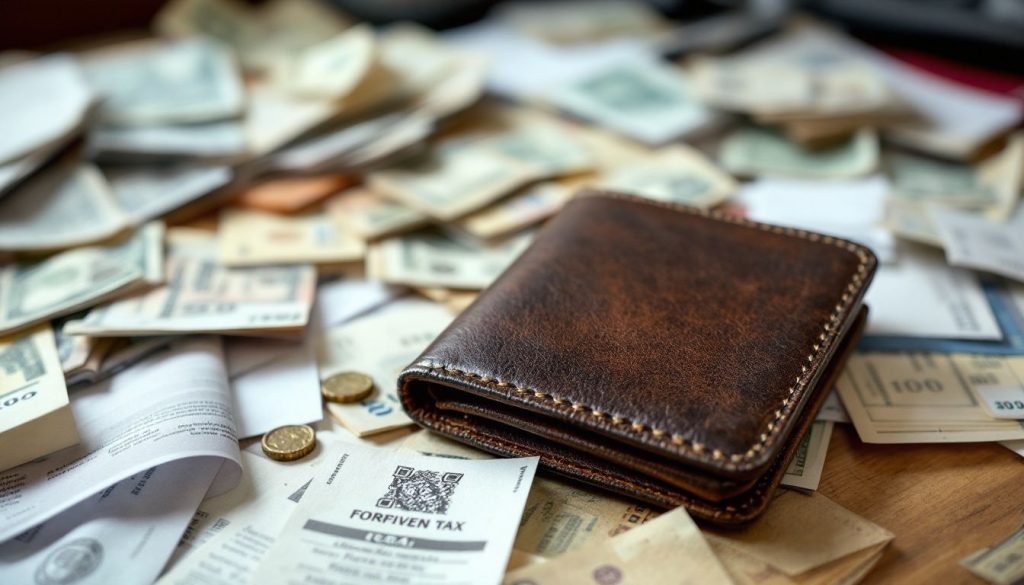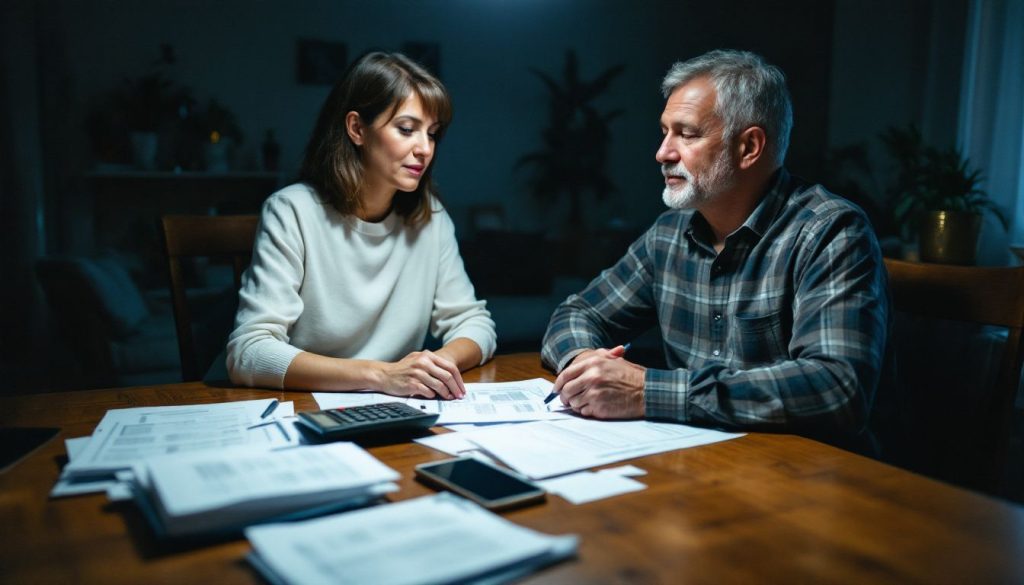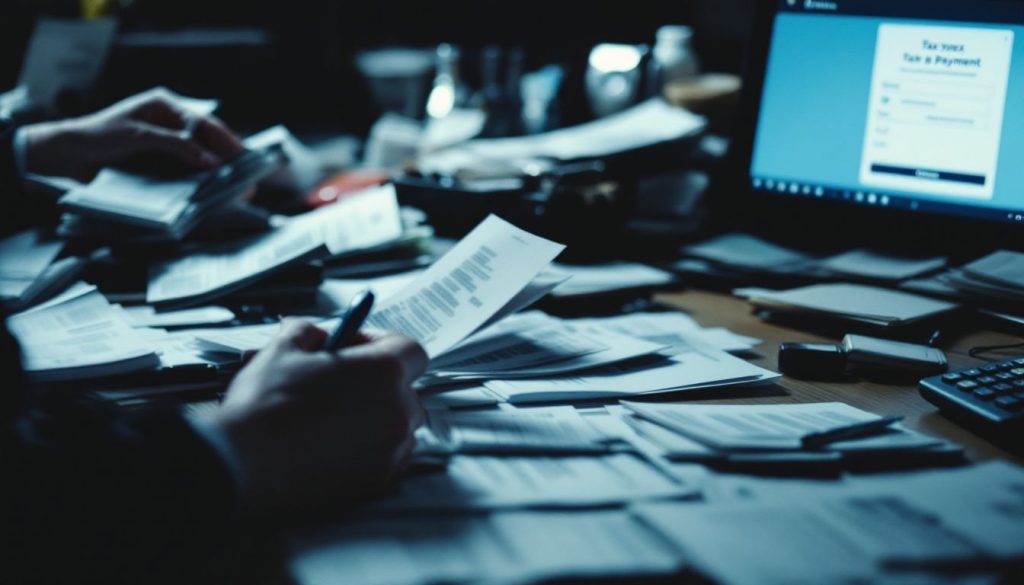How Many Times Can You File A Consumer Proposal?
A consumer proposal is a legally binding agreement between you and your creditors that allows you to pay off your debts over a period of time. It is a great way to get out of debt and can be a good alternative to bankruptcy. However, it is important to understand that you can only file a consumer proposal once on any given debt. This article will explain how many times you can file a consumer proposal and the consequences of filing multiple proposals.
What Are the Benefits of Filing a Consumer Proposal?
A consumer proposal is a legally binding agreement between a debtor and their creditors that allows the debtor to pay off their debts over a period of time. It is an alternative to bankruptcy and can provide a number of benefits to those who are struggling with debt.
1. Reduced Debt: A consumer proposal allows the debtor to reduce their total debt by up to 80%. This can provide a significant financial relief to those who are struggling with debt.
2. Stop Interest: When a consumer proposal is filed, all interest and penalties on the debt are stopped. This can help to reduce the total amount of debt that needs to be repaid.
3. Stop Collection Calls: Once a consumer proposal is filed, creditors are legally prohibited from contacting the debtor. This can provide a great deal of relief to those who are being harassed by creditors.
4. Keep Assets: In a consumer proposal, the debtor is allowed to keep their assets. This is not the case in bankruptcy, where assets may be seized to pay off creditors.
5. Rebuild Credit: A consumer proposal can help to rebuild credit over time. This is because the debtor is making regular payments to their creditors and demonstrating a commitment to paying off their debt.
Overall, a consumer proposal can provide a number of benefits to those who are struggling with debt. It can reduce the total amount of debt, stop interest and penalties, stop collection calls, keep assets, and help to rebuild credit.
How to Determine if a Consumer Proposal is Right for You
If you are struggling with debt, a consumer proposal may be the right solution for you. A consumer proposal is a legally binding agreement between you and your creditors that allows you to pay off your debt over a period of time. It is important to understand the process and determine if a consumer proposal is the right solution for your financial situation.
First, you should assess your financial situation. Take a look at your income, expenses, and debt. Consider how much you can realistically afford to pay each month. You should also consider how long it will take you to pay off your debt in full.
Next, you should speak to a Licensed Insolvency Trustee (LIT). An LIT is a professional who is licensed to administer consumer proposals. They will review your financial situation and help you determine if a consumer proposal is the right solution for you.
Once you have decided to pursue a consumer proposal, you will need to complete a proposal document. This document outlines the terms of your agreement with your creditors. It will include the amount you will pay each month, the length of the repayment period, and any other terms that have been agreed upon.
Once the proposal is complete, it will be sent to your creditors for approval. If your creditors accept the proposal, it will become legally binding. You will then be required to make the agreed-upon payments each month until the debt is paid in full.
A consumer proposal can be a great way to get out of debt and regain financial stability. However, it is important to understand the process and determine if it is the right solution for your financial situation. Speak to a Licensed Insolvency Trustee to learn more about consumer proposals and decide if it is the right option for you.
What to Expect When You File a Consumer Proposal
When you file a consumer proposal, you can expect to receive a number of benefits. A consumer proposal is a legally binding agreement between you and your creditors that allows you to pay off your debts over a period of time. It is an alternative to bankruptcy and can help you avoid the negative consequences of bankruptcy.
When you file a consumer proposal, you can expect to receive protection from your creditors. This means that they cannot take any legal action against you, such as garnishing your wages or seizing your assets. You will also be able to keep your assets, such as your home and car, as long as you continue to make your payments.
You can also expect to receive a reduction in the amount of debt you owe. Your creditors will agree to accept a reduced amount of the debt you owe, which can be up to 70% of the total amount. This can help you get back on track financially and avoid bankruptcy.
When you file a consumer proposal, you can also expect to receive a payment plan that is tailored to your financial situation. Your creditors will work with you to create a payment plan that is affordable and manageable for you. This payment plan will be based on your income and expenses, and will be designed to help you pay off your debts in a reasonable amount of time.
Finally, when you file a consumer proposal, you can expect to receive professional help and guidance. A Licensed Insolvency Trustee (LIT) will work with you to ensure that your consumer proposal is successful. They will provide you with advice and support throughout the process, and will help you understand the implications of filing a consumer proposal.
Filing a consumer proposal can be a difficult decision, but it can also be a great way to get out of debt and get back on track financially. With the help of a Licensed Insolvency Trustee, you can expect to receive the protection, debt reduction, payment plan, and professional help you need to make your consumer proposal successful.
How to Prepare for a Consumer Proposal
A consumer proposal is a legally binding agreement between you and your creditors that allows you to pay off your debts over a period of time. It is an alternative to bankruptcy and can help you avoid the negative consequences of filing for bankruptcy. Preparing for a consumer proposal can be a daunting task, but with the right information and guidance, you can make the process easier.
1. Gather Your Financial Information: Before you can begin the process of filing a consumer proposal, you need to gather all of your financial information. This includes your income, expenses, assets, and liabilities. You should also have a list of all of your creditors and the amount of money you owe them.
2. Calculate Your Debt-to-Income Ratio: Your debt-to-income ratio is an important factor in determining whether or not you qualify for a consumer proposal. To calculate your debt-to-income ratio, divide your total monthly debt payments by your total monthly income. If your debt-to-income ratio is higher than 50%, you may not qualify for a consumer proposal.
3. Speak to a Licensed Insolvency Trustee: A Licensed Insolvency Trustee (LIT) is a professional who is licensed to administer consumer proposals. They can help you understand the process and determine if a consumer proposal is the right option for you.
4. Prepare a Budget: A budget is an important tool for managing your finances and preparing for a consumer proposal. A budget will help you track your income and expenses and identify areas where you can cut back.
5. Negotiate with Your Creditors: Once you have gathered all of your financial information and spoken to an LIT, you can begin to negotiate with your creditors. You may be able to negotiate a lower interest rate or a reduced payment plan.
6. File Your Proposal: Once you have negotiated with your creditors and prepared a budget, you can file your consumer proposal. Your LIT will help you complete the paperwork and submit it to the court.
By following these steps, you can prepare for a consumer proposal and take control of your financial future.
What Happens After You File a Consumer Proposal?
Once a consumer proposal is filed, the debtor must attend two mandatory credit counselling sessions. During these sessions, the debtor will receive information about budgeting, money management, and debt repayment options.
The consumer proposal is then reviewed by the creditors. If the creditors accept the proposal, the debtor will be required to make regular payments to the trustee. The trustee will then distribute the payments to the creditors.
Once the payments are complete, the debtor will receive a Certificate of Full Performance. This certificate will indicate that the consumer proposal has been fulfilled and the debtor is no longer liable for the debts included in the proposal.
The consumer proposal will also be reported to the credit bureaus. This will remain on the debtor’s credit report for three years after the completion of the proposal.
Finally, the debtor will be required to attend a final credit counselling session. This session will provide the debtor with information about how to rebuild their credit and manage their finances going forward.
Conclusion
In conclusion, filing a consumer proposal is a viable option for those who are struggling with debt and need help managing their finances. It is important to remember that there is a limit to how many times you can file a consumer proposal, and it is important to understand the implications of filing multiple proposals. It is also important to remember that filing a consumer proposal is a serious decision and should not be taken lightly. It is important to speak to a Licensed Insolvency Trustee (LIT) to ensure that filing a consumer proposal is the right decision for your financial situation.







